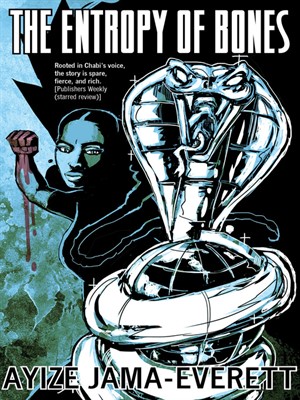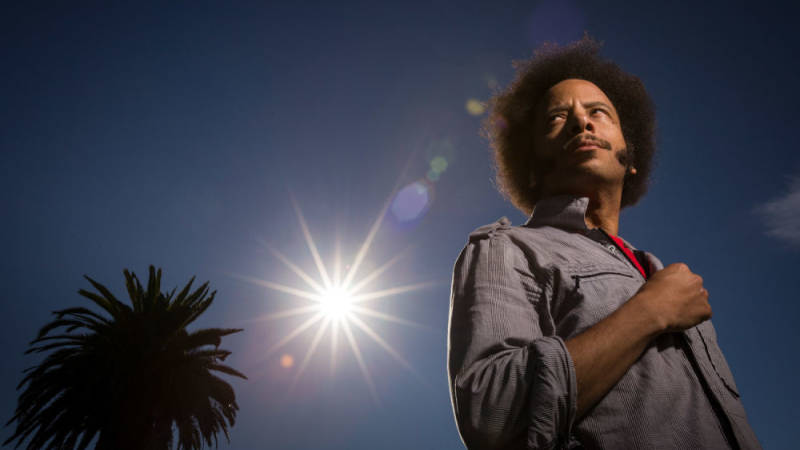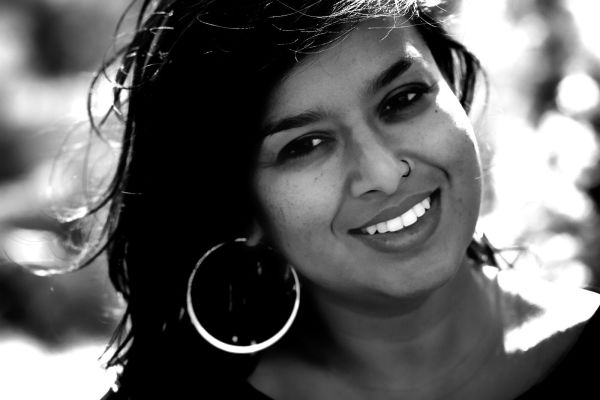Review: ‘The Entropy of Bones’ by Ayize Jama-Everett
One of the most interesting aspects of a superhero is their superpower itself. Spiderman’s superpower is the ability to walk up surfaces no human can traverse. For Quicksilver, it’s the ability to move and react at the speed of light. For Chabi, the heroine at the heart of The Entropy of Bones, the latest work of sci-fi from Bay Area novelist Ayize Jama-Everett, it’s the ability to use the entropy of bones to disarm opponents. Like the author’s previous books, The Liminal People and The Liminal War, this new work, published by Small Beer Press in September, is concerned with the battle between good and evil, spearheaded by the Liminal people — a race of humans with supreme strength — who have the given ability, if they choose to employ it, to defend and protect humanity.

From the opening page it’s clear that Chabi, as a Liminal, is no ordinary teenager. She’s just completed a run from Sausalito, where she lives on a houseboat with her mother, to Napa — a cool 60 or so miles. Chabi runs the distance in half a day, cuts through the mountains, and then makes it to Calistoga in another three hours. She supplements the epic runs with swims from Larkspur to the Oakland harbor. Jama-Everett lives in the Bay Area and he uses locations across Northern California to strong effect. Aside from Calistoga, Chabi fights battles in Mendocino, Oakland, San Jose, and in the city proper. The reluctant teenaged superhero is nearly impossible to defeat in a fight, thanks to training from her adopted mentor, the possibly sinister and mysterious Narayana, a drunk warrior from India. Through it all, and despite uncanny physical displays of power, Chabi doesn’t realize that she’s a superhero, part of her scrappy charm.
Chabi breaks the mold for superheroes in more ways than one. She begins fight training with Narayana, while still in high school. She is Mongolian on her father’s side and Black on her mother’s side. She loves dubstep with an obsessive, almost propulsive force, and spends nights out at clubs dancing as a portal into bliss. And she’s got a sense of humor, with a strong voice that permeates the book and moves the narrative forward.
After Narayana disappears, Chabi is lost, though the hole in her life opens up opportunity to develop a better relationship with her mother, who has gone from drunk to sober in the course of a few years. Chabi is a hired gun, the muscle for a marijuana operation outside of Calistoga. Little does Chabi know the brothers that own the operation, out of a desire to make a load of cash, are going to pull her into a shady underworld populated by a tribe of Alters who want nothing more than the total destruction of humankind. This tribe, of course, is headquartered at a swanky, creepy hotel deep in the heart of San Francisco.




